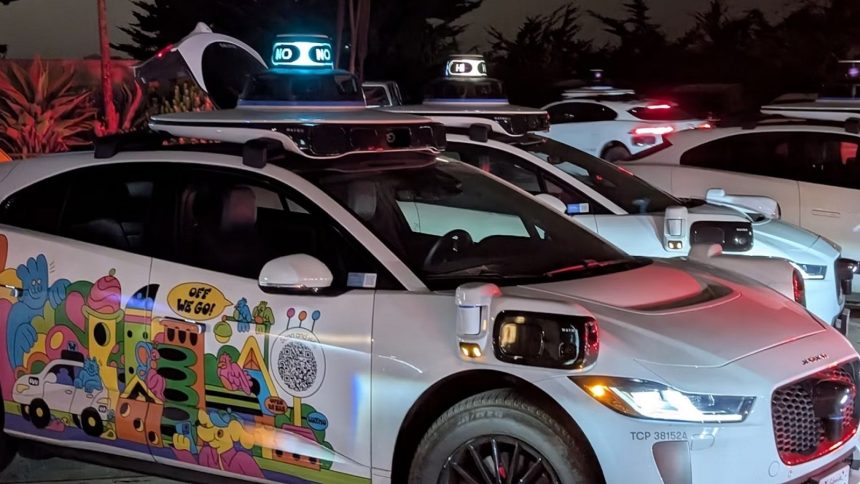A prank in San Francisco left dozens of driverless Waymo taxis trapped on a dead-end street after a viral stunt overloaded the company’s autonomous ride-hailing system.
According to The San Francisco Chronicle, 23-year-old software engineer Riley Walz coordinated the stunt by organizing 50 simultaneous Waymo rides to a dead-end street.
The result was a traffic jam of driverless cars, each arriving to pick up passengers who never intended to board. Walz later explained the prank on X (formerly Twitter), calling it “the world’s first Waymo DDoS.”
Prank sends 50 driverless taxis to dead-end street
“At dusk, 50 people went to San Francisco’s longest dead-end street and all ordered a Waymo at the same time,” he wrote. “We didn’t actually get in the cars. They left after about 10 minutes and charged a $5 no-show fee. Waymo handled this well. Eventually, they disabled all rides within a two-block vicinity until the morning.”
He added that the moment felt like “being back in middle school,” describing the scene as cheerful chaos. “Everyone was giddy, and when another car showed up, there were cheers. Maybe three or four real drivers all laughed and just drove around.”
Waymo, owned by Google’s parent company Alphabet, operates a large fleet of autonomous taxis in San Francisco and Phoenix. The service has previously faced scrutiny from local officials after reports of vehicles blocking intersections and confusing emergency responders.
The stunt drew laughs online and spread widely across TikTok and Reddit, where users joked that San Francisco had been DDoSed in real life. But experts warn that such coordinated requests could be used to deliberately jam traffic or disrupt autonomous fleets during major events.
For Walz, it may have been a harmless social experiment, but for Waymo, it’s a reminder that even the smartest cars can still be outsmarted by a well-timed prank.
It’s not his first project of this kind either – earlier this year, Walz created a viral app that showed the location of parking cops in San Francisco, to help drivers avoid them.













